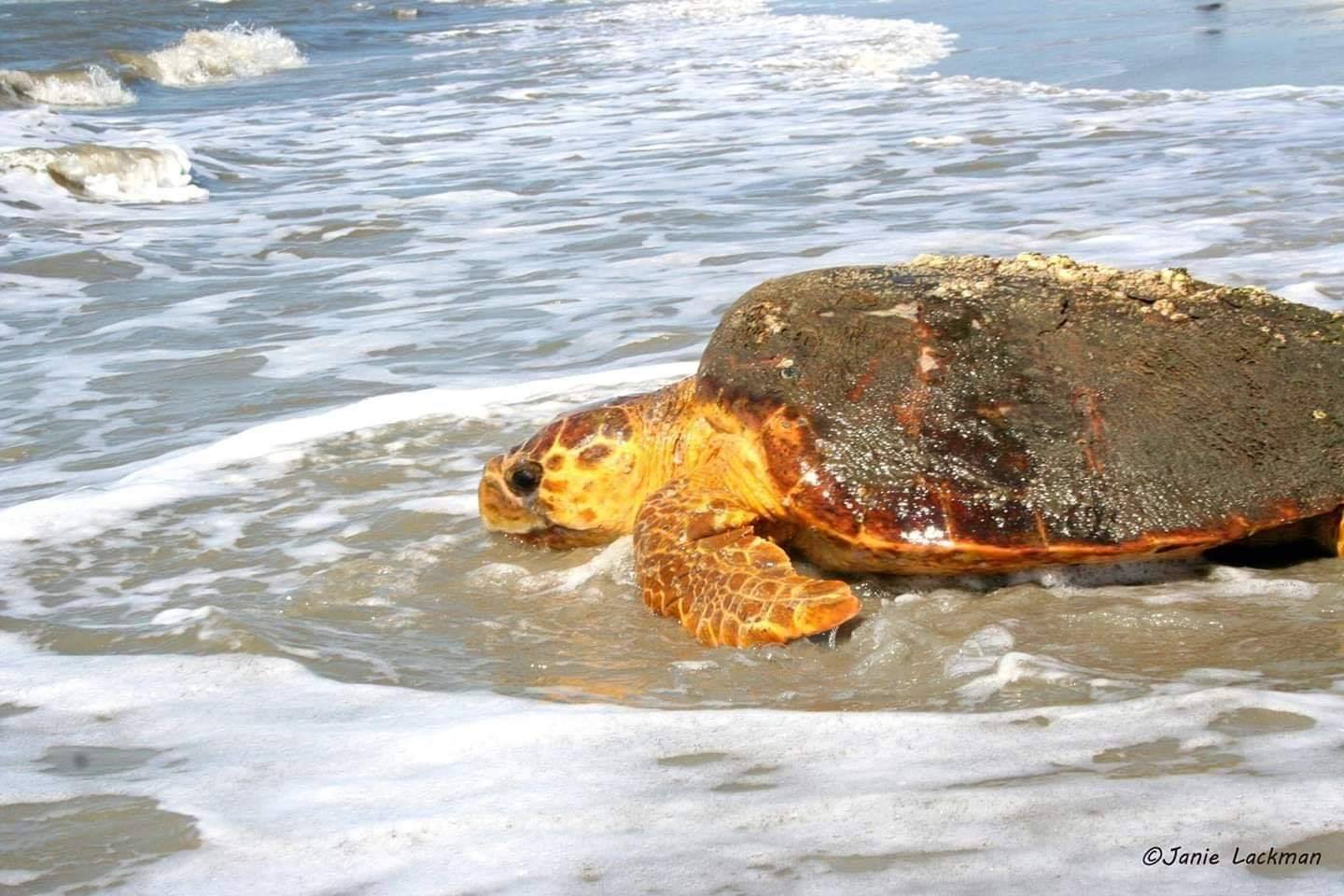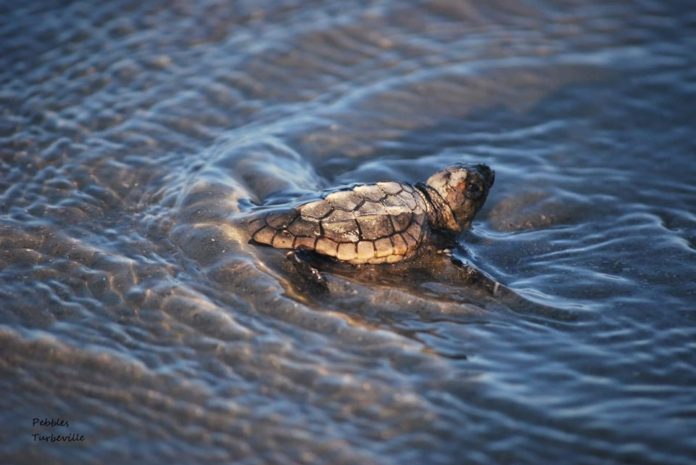The results of new research show that as the earth gets hotter, new turtle hatchlings worldwide are expected to be born as females, and that will lead to trouble in about 20 years when today’s baby turtles start looking for mates and find a dating pool that’s all dried up. Warmer weather is turning sea turtle hatchlings into girls.
A recent report by Britain’s University of Exeter studied loggerhead sea turtle hatchlings on the small West African island nation of Cape Verde in the Atlantic Ocean. The research found that the disparity in the sex of the hatchlings was alarming. 84% of them were female.
Why is this alarming?
Cape Verde is home to one sixth of all of the planet’s nesting loggerheads.
Researchers with the university say that males on Cape Verde could disappear in two or three decades, which means there will be no reproduction.
The past five years have been the hottest on record for the globe with nearly a tenth of the planet warming beyond 2 degrees Celsius.
If the warming trend continues at the Intergovernmental Panel on Climate Change’s lowest projection, researchers estimate that fewer than 1 percent of the sea turtles on Cape Verde will be born male by the century’s end. Higher rises in temperature could wipe them out completely.

A sea turtles sex at birth is tied directly to sand temperature. Unlike humans, the gender of sea turtles isn’t determined by sex chromosomes. It’s the temperature outside of turtle eggs while they incubate underground that plays a role in the gender, with only females being born when the nests heat up.
Sea turtle eggs that incubate in sand below 81.86 degrees Fahrenheit produce males, according to the NOAA, while nests in the mid-80s create a gender mix.
Anything higher than 87.8 degrees, though, is 100 percent females.
Simply put, the warmer the earth, the warmer the sand. The warmer the sand, no sea turtle boys. No sea turtle boys….no sea turtles.
Australia and the U.S.
Populations in Florida and Australia are also showing dramatic sex imbalances, sparking fears that these creatures that have lived alongside and then outlasted dinosaurs could be on their way toward extinction.
A 2018 study on green turtles near Australia’s Great Barrier Reef found 116 female hatchlings for every male. The study found that 99 percent of hatchlings from the warmer northern beaches were female, while the share in the cooler south was much lower (69 percent).
NOAA researchers determined the gender chasm in Australia started widening after the early 1990s, when the temperature started climbing. Female turtles that hatched before that period outnumbered males by a dramatically smaller ratio — 6 to 1.
A 2015 report from San Diego also showed a shift after years of hotter nesting seasons: Sea turtles tested on the Southern California shores had gone from 65 percent to 78 percent female.
And another report from 2018 by researchers at Florida Atlantic University estimate that hatchlings on Boca Raton’s beaches these days are at least 90 percent female.
It’s a scary time to be a sea turtle.










